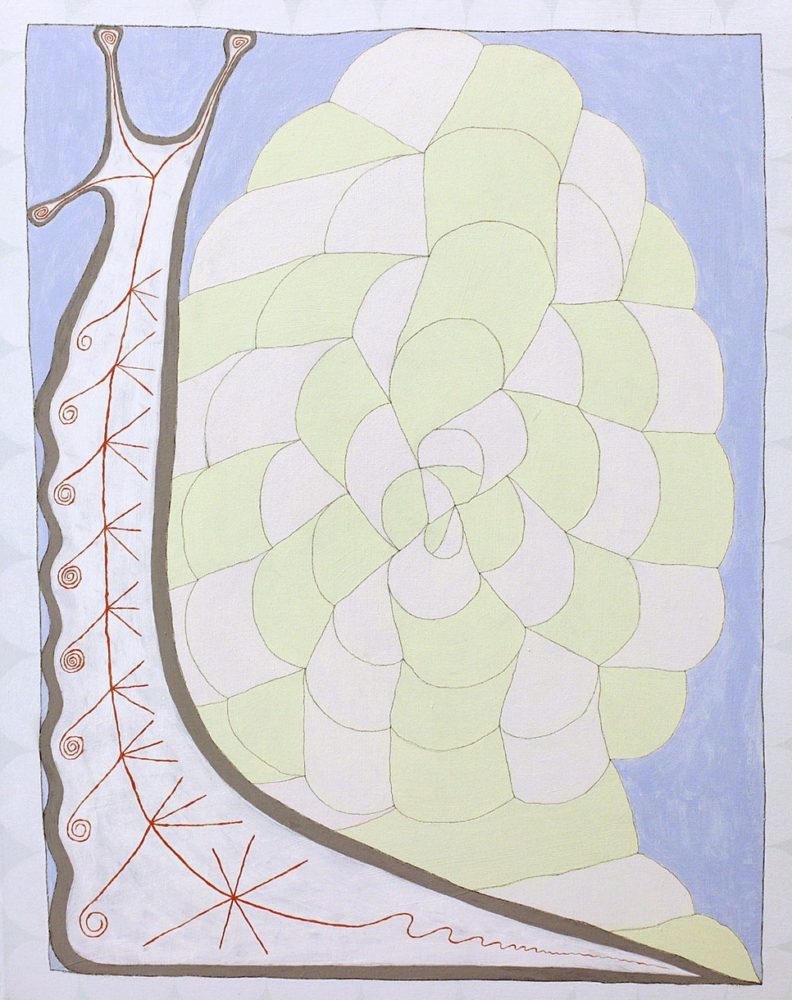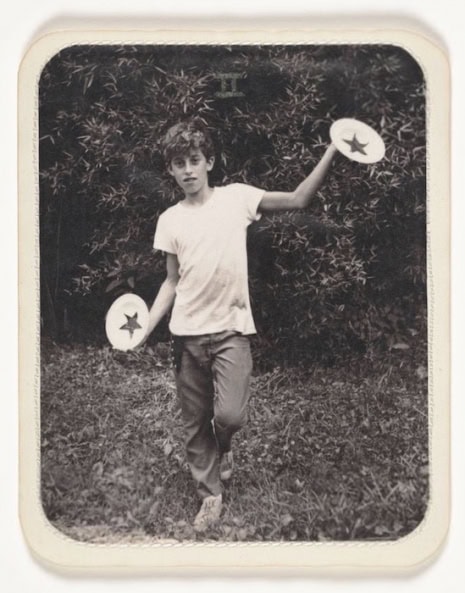
Carl Jung published his groundbreaking text Symbols and Transformation in 1912, arguing that a portion of the unconscious mind is collective and shared by humans across every culture around the globe. For Jung, this understanding of the collective unconscious explained the recurrence of elemental symbols and themes in art, folklore, and religion throughout human history.
A new survey of global visual culture at Vanderbilt University’s Fine Arts Gallery in Nashville attempts to uncover the unseen, internal urges behind two thousand years of human art and design. Symbols and Archetypes: Two Millennia of Recurring Visions in Art offers a meditative, slightly spooky trip into the collective unconscious by displaying artifacts and artworks including ancient Chinese currency, alchemical texts, a selection of tarot card decks and proto-surrealist illustrations, twentieth-century lithographs by Marc Chagall, Salvador Dali, and Pablo Picasso, and works by more contemporary artists including the Tennessee-based painters David Onri Anderson and Rubens Ghenov.
This broad exhibition is separated into thoughtful sections that contextualize each particular grouping as part of the whole. One section, “Sacred Geometries,” focuses on mathematical patterns revealed by various religious and artistic designs across cultures and over centuries. Two colorful paintings of tantric mandalas and one flower motif design are all decorated with Sanskrit calligraphy. The symmetry and precision of each work draws viewers in for a closer look at each miniscule detail. For Buddhists, mandalas are two dimensional representations of different parts of the universe. These designs become meditation tools that allow practitioners to focus on embodying various aspects of the Buddha’s teachings. Another work offers a much more elemental study of form, featuring a design made up of only the most basic geometric shapes: circles, triangles and squares. Jeanne Miles’s Circle Square and Triangle (1987) is a stately lithographic print that reads like an alchemical joining of opposites—angular, cerebral triangles and stout, earthy squares.

This section also features a pair of works by Nashville-based painter David Onri Anderson. Anderson’s abstract still lifes of oriental lanterns, bananas, and apples have made him one of Nashville’s break-out young artists. Working prolifically, Anderson has already found a recognizable style, but some viewers may struggle to see beyond the repetitiveness in his work. Thankfully, curator Emily Weiner recognized the spiritual undercurrents in Anderson’s paintings and rightly included them here. (A solo exhibition of Anderson’s paintings is also on view at David Lusk Gallery in Nashville through October 26, when he will be joined by Weiner for a public conversation at the gallery.) Snail E.S.P. and Super Ripe Nana Spiral both depict naturally occurring spiral forms found throughout nature and art history. The “E.S.P.” reference in one title recalls a nineteenth-century theory that snails became telepathically linked after mating. Sex, nature, art and spirit—these patterns all come together through Anderson’s muted palette and charmingly offhand renderings.

The exhibition also includes a section dedicated to “Serpents and Slayers,” a title which might refer to the serpent in the Book of Genesis, ancient Chinese dragons, or even Game of Thrones. Threatening reptiles and the heroes that vanquish them have been with humanity since the beginning of our cultural memories: the Sumerian dragon, Kur, was killed by the god Enki in a mythic prologue to the Epic of Gilgamesh. This section includes Vishnu and Garunda: Episode of Gjendra Moksha (Salvation of the Elephant King) an ink-on-paper miniature painting from the eighteenth or nineteenth century. The work pictures the blue-skinned god Vishnu racing to the aid of Gajendra the Elephant King as a giant crocodile-like creature emerges from a lake to chomp on Gajendra’s foot. An Illuminated Leaf from a Book of Hours: St. Margaret and the Dragon illustrates a tale about the titular saint, who was said to have been swallowed by the devil in the form of a dragon before gesturing the sign of the cross and emerging whole from the belly of the beast. This section also features two lithographs by Marc Chagall and Salvador Dalí depicting Adam and Eve in the Garden of Eden.
The gallery containing the “Major Arcana” section is focused on the imagery associated with tarot cards. This section features selections from a hand-colored Marseille deck from the nineteenth century: the greens, reds, and yellows are still vibrant in these renderings of knights, ladies, and fantastical creatures. These are displayed next to a deck from the 1970s by photographer Bea Nettles. Nettles’s Mountain Dream Tarot is considered to be the first photo-based tarot deck, and it reads like a time capsule from the sun-drenched, back-to-the-land hippie movements of yesteryear. This section of the exhibition also includes a large copy of Carl Jung’s own Red Book, a textual and visual diary of the psychoanalyst’s imagination from 1915 through 1930. Containing calligraphy alongside ink and gouache painting, Jung’s Red Book is as endlessly fascinating as it is visually stunning. No visit to this exhibition is complete without taking the time to see Jung’s own hand in the rendering of these timeless human symbols.
Symbols and Archetypes: Two Millennia of Recurring Visions in Art is on view at the Vanderbilt Fine Arts Gallery in Nashville through December 14.




